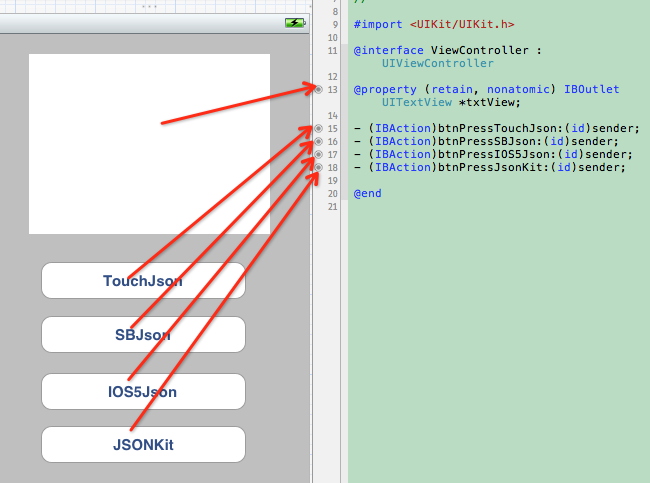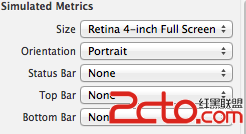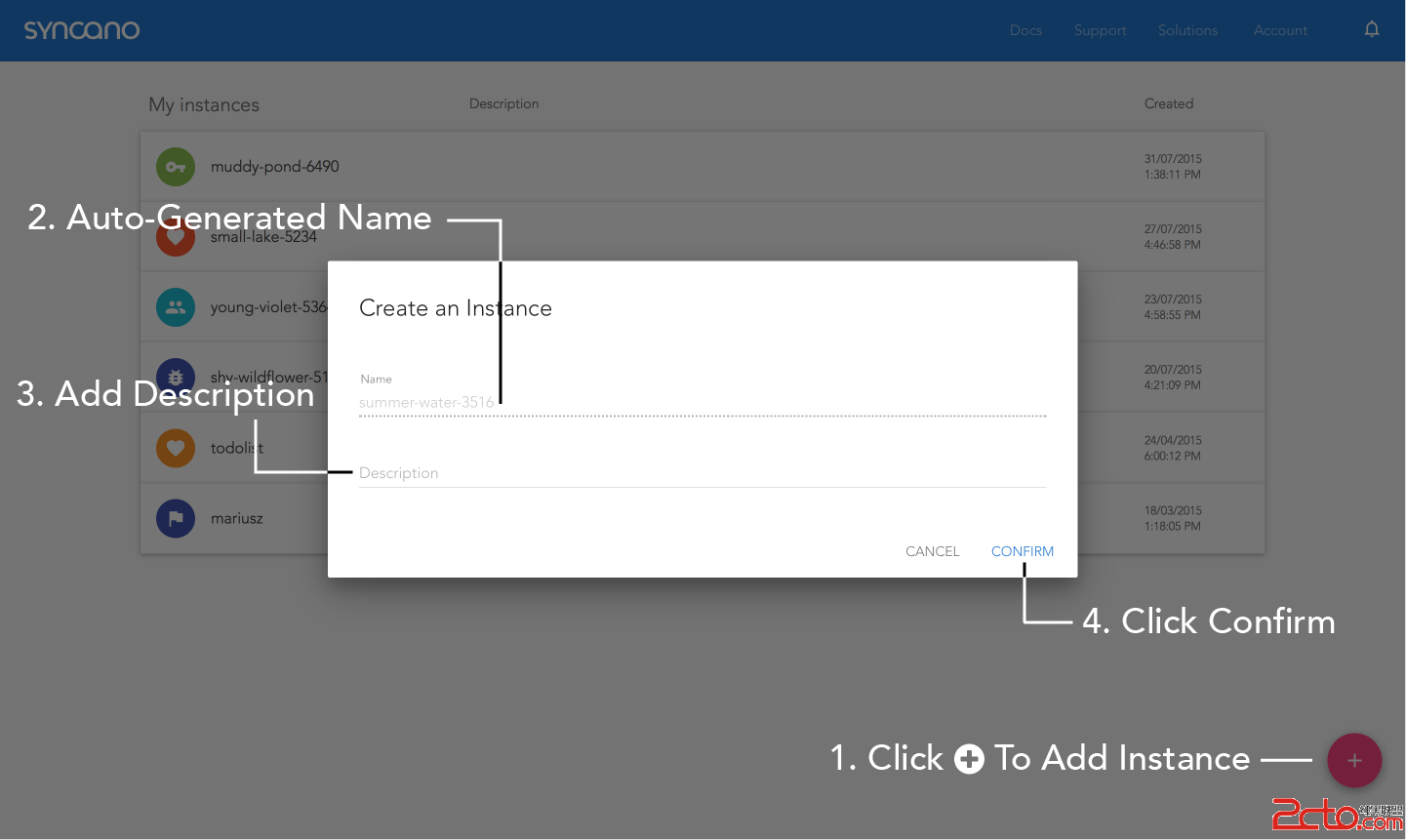iOS開發中MVC、MVVM模式詳解
編輯:IOS開發綜合
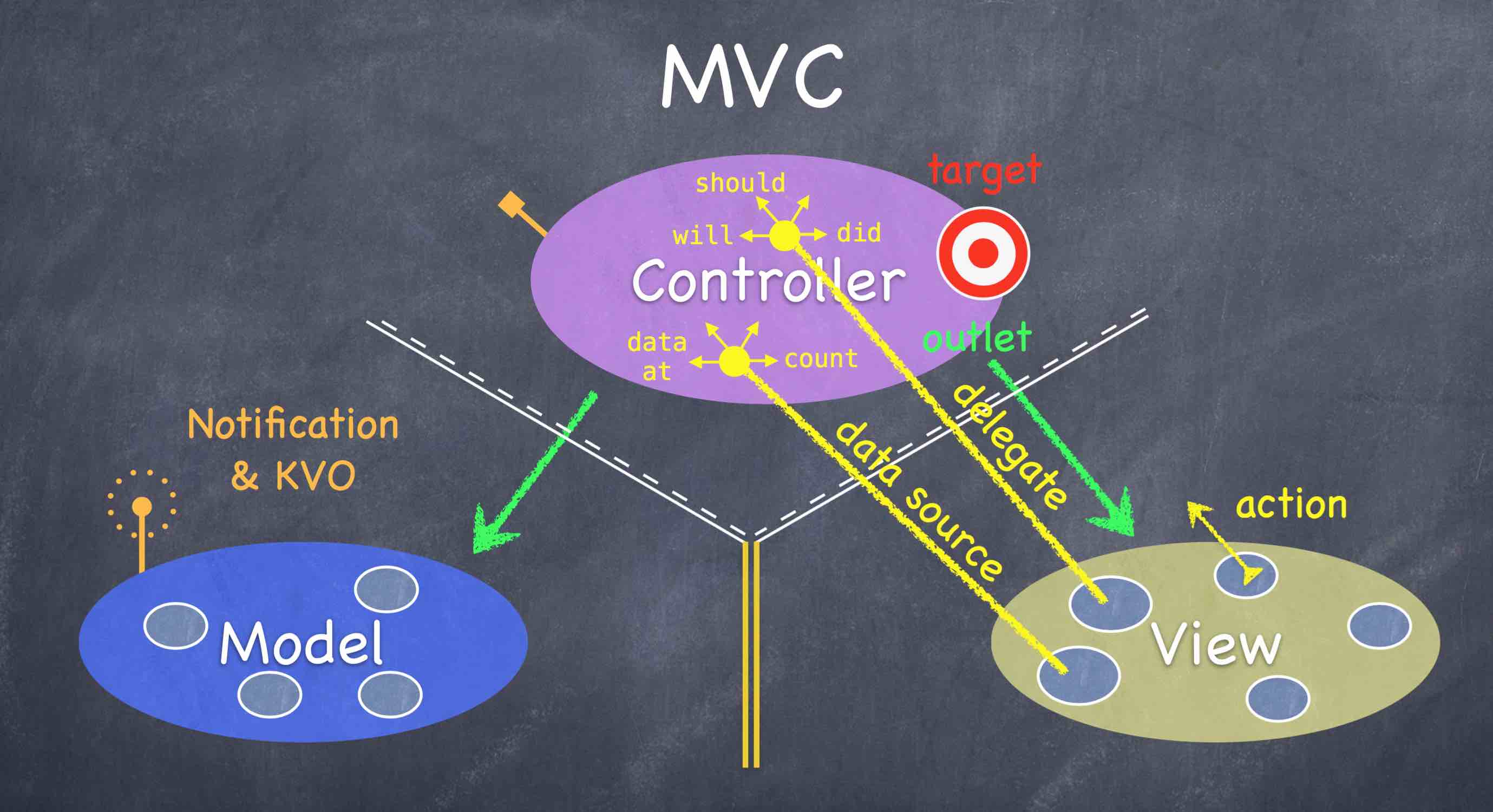
Model: 你的應用本質上是什麼(但不是它的展示方式) Controller:你的Model怎樣展示給用戶(UI邏輯) View:用戶看到的,被Controller操縱著的
Controller可以直接訪問Model,也可以直接控制View。 但Model和View不能互相通信。
View可以通過action-target的方式訪問Controller,比如我們在StoryBoard中拖UIButton到代碼中所創建的@IBAction,當按鈕被點擊時,View就會傳遞該信息給Controller。 有時候Controller需要實時監控View的狀態,這時Controller會通過protocol將其自身設為View的delegate,這樣當View will change、should change、did change 的時候Controller也會接到相應通知。 View不存儲數據,但View可以通過協議獲取Controller而不是Model中的數據用來展示。 Controller整理Model中的數據用於給View展示。
Model不能直接與Controller通訊,因為Model是獨立於UI存在的。 但當Model發生改變想通知Controller時可使用廣播機制,在iOS中有NSNotification和KVO(Key-value observing)可供使用。
NSNotification:
let center = NSNotificationCenter.defaultCenter()
center.addObserverForName(UIContentSizeCategoryDidChangeNotification,
object: UIApplication.sharedApplication(),
queue: NSOperationQueue.mainQueue())
{ notification in
let c = notification.userInfo?[UIContentSizeCategoryNewValueKey] }
UIContentSizeCategoryDidChangeNotification以及UIContentSizeCategoryNewValueKey均為系統中定義好的String
KVO:
在ViewDidLoad中: webView.addObserver(self, forKeyPath: estimatedProgress, options: .New, context: nil)
override func observeValueForKeyPath(keyPath: String?, ofObject object: AnyObject?, change: [NSObject : AnyObject]?, context: UnsafeMutablePointer<Void>) { if (keyPath == estimatedProgress) { progressView.hidden = webView.estimatedProgress == 1 progressView.setProgress(Float(webView.estimatedProgress), animated: true) } }
MVP模式從經典的MVC模式演變而來,將Controller替換成Presenter,依據MVP百度百科中的解釋,MVP的優點相比較於MVC是完全分離Model與View,Model與View的信息傳遞只能通過Controller/Presenter,我查閱資料發現在其他平台上的MVC模式View與Model能否直接通訊有著不同的說法,但在iOS開發中,Apple是這麼說的。在MVC下,所有的對象被歸類為一個model,一個view,或一個controller。Model持有數據,View顯示與用戶交互的界面,而View Controller調解Model和View之間的交互,在iOS開發中我按照Model與View無法相互通訊來理解。
MVVM(Model View View-Model)
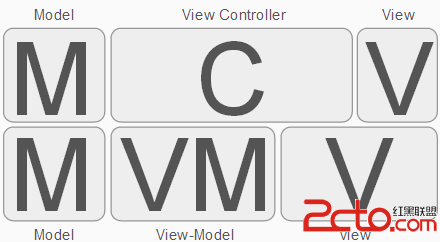
上圖展示了MVVM與MVC的差別。
在MVC模式的iOS開發中,Controller承擔了太多的代碼,包含著我們的視圖處理邏輯和業務邏輯。

在MVVM中,我們將視圖處理邏輯從C中剝離出來給V,剩下的業務邏輯部分被稱做View-Model。 使用MVVM模式的iOS應用的可測試性要好於MVC,因為ViewModel中並不包含對View的更新,相比於MVC,減輕了Controller的負擔,使功能劃分更加合理。
MVVM模式的正確實踐是,我們應該為app delegate的根視圖創建一個ViewModel,當我們要生成或展示另一個次級ViewController時,采用當前的ViewModel為其創建一個子ViewModel。
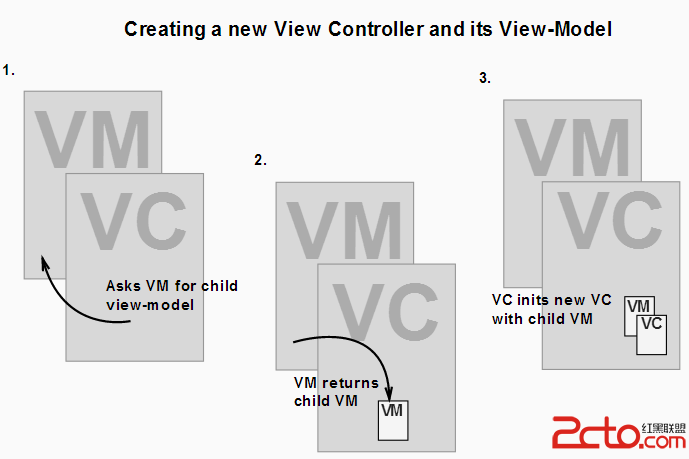
而這些ViewModel的代碼並不放在ViewController中,我們的View請求自己的ViewModel來獲取所需的數據,ViewController完全歸於View。
相關文章
+
